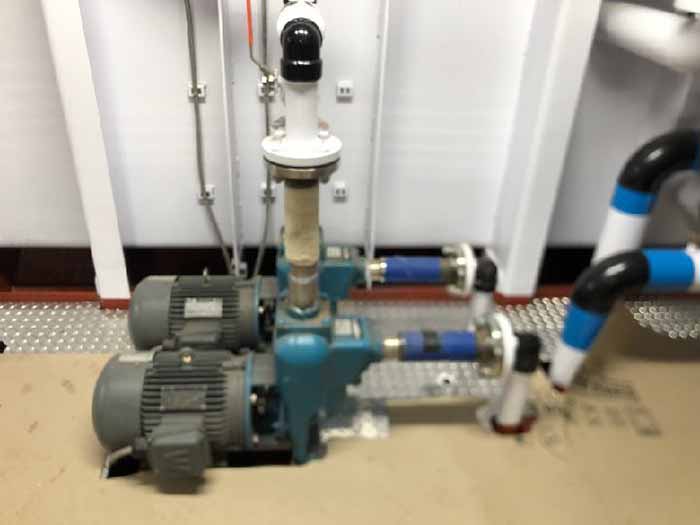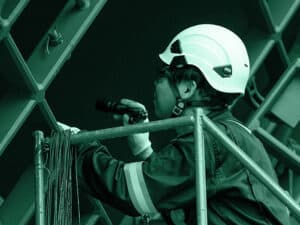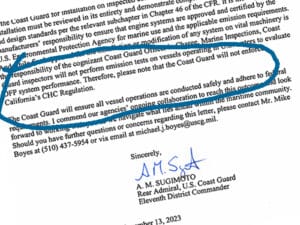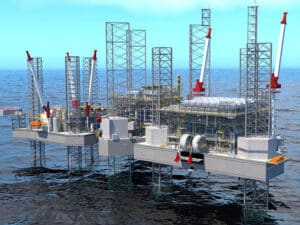
USCG: Emergency dewatering equipment essential under Sub M
Written by Marine Log Staff
A typical dewatering pump arrangement for a towing vessel. [Image: USCG]
A U.S. Coast Guard Marine Safety Alert (02-2) released last month notes the increasing failure rate of fixed and portable emergency dewatering equipment in the inspected towing vessel fleet. The alert reiterates that Subchapter M defines defines emergency dewatering equipment as an essential system that, in accordance with 46 CFR Table 143.245(b), must be tested at least every three months.
The Coast Guard strongly recommends that towing vessel owners, operators and third party organizations take steps to ensure that crews understand how to use emergency dewatering equipment and that it operates when needed in an emergency situation.
“When there is a situation requiring the use of emergency dewatering equipment, it is imperative that this equipment is readily available and fully operational,” says the alert. “This includes preparing the equipment for use in the shortest amount of time in order to prevent a catastrophic event.”
The alert says the Coast Guard has recently noticed an “increasing failure rate among the inspected towing vessel fleet with regards to fixed and portable emergency dewatering equipment failing to operate as designed. Most notably, we have found the fixed emergency dewatering system failing to operate due to loss of prime. Proper testing of the dewatering equipment should include ensuring the pump has the ability to physically take suction and that it can produce a sufficient discharge stream. This test can be conducted without discharging over the side into the water.”
The Coast Guard strongly recommends that towing vessel owners, operators, and TPOs conduct the following actions to ensure that crews understand how to use the emergency dewatering equipment and that it operates when needed in an emergency situation:
- Ensure that operational tests are conducted at the appropriate intervals to confirm proper functionality;
- Ensure the dewatering system has the ability to take suction and has an adequate discharge;
- Ensure the system is intact to include all check valves/foot valves and operates as designed;
- Instruct all crewmembers on the proper operation of emergency dewatering equipment, whether fixed or portable;
- Engage with TPOs to ensure they are conducting operational tests as required; and
- Incorporate the policy and procedures for testing and maintenance of emergency dewatering equipment into the vessel’s TSMS.




